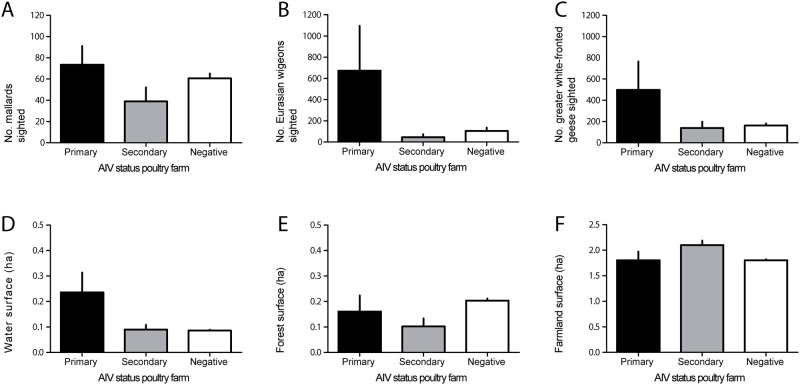Fig 2. Wild bird distribution and environmental characteristics near primary infected, secondary infected and avian influenza virus negative poultry farms in the Netherlands.
For poultry farms located near bird monitoring areas (n = 703: consisting of 6 primary infected, 19 secondary infected and 678 AIV negative farms) number of mallards (A), Eurasian wigeons (B) and greater white-fronted geese (C) within 1000 meters around farms (mean±SE) was investigated. For all poultry farms (n = 2,064: consisting of 18 primary infected, 47 secondary infected and 1,999 AIV negative farms) surface of water (D), forest (E) and farmland (F) within 100 meters around farms (mean±SE) was investigated. Black bars indicates primary infected farms, grey indicates secondary infected farms and white indicates AIV negative farms. Asterisk indicates statistically significant differences (P < 0.05, Mann-Whitney test).

